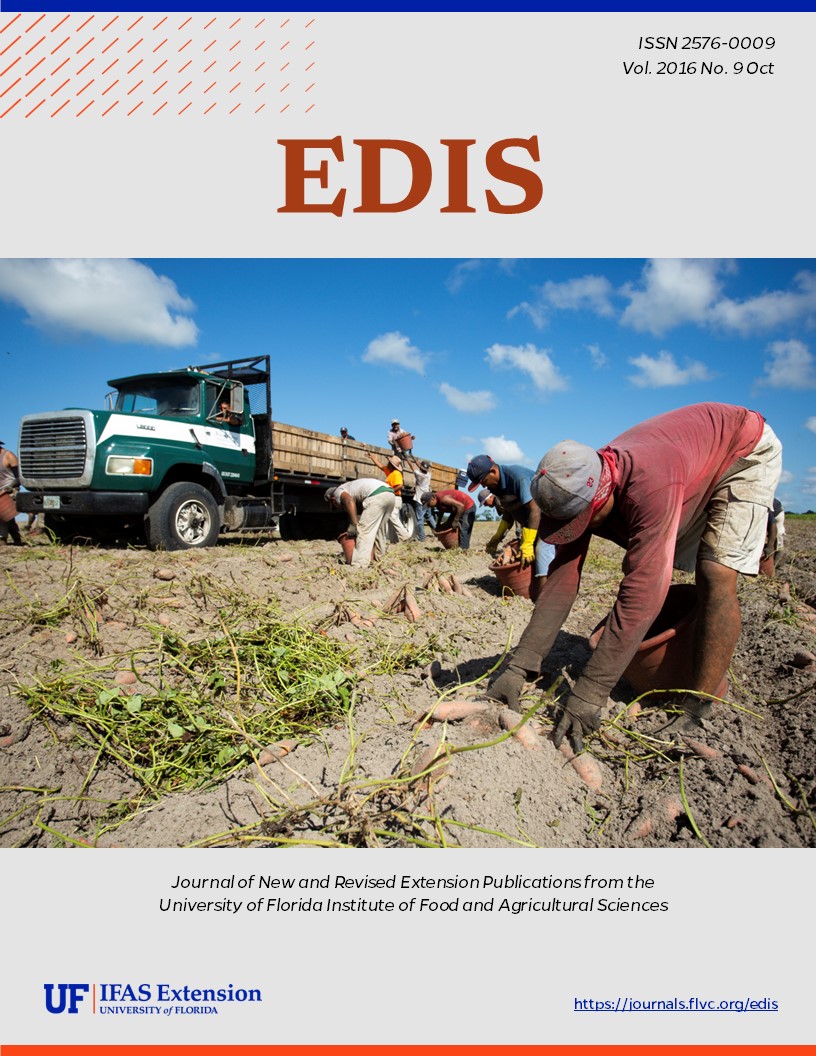Resumen
The organic soils in south Florida are located south of Lake Okeechobee and encompass about 700,000 acres. The area, also known as the Everglades Agricultural Area (EAA), is primarily under agricultural production of sugarcane, vegetables, row crops, rice, and sod. In the past, the combination of potentially high forage yields on the fertile organic soils and the long grazing season were the basis for one of the highest concentrations of beef cattle and a viable beef cattle industry in Florida. Presently most livestock operations on EAA are small noncommercial herds on improved and unimproved pastures comprising less than 1% of the EAA. St. Augustinegrass (Stenotaphrum secundatum) and limpograss (Hemarthria altissima) are the two perennial forage grasses recommended for organic soils in south Florida. This 3-page fact sheet was written J. Vendramini, P. Moriel, and L. Wiggins, and published by the UF Agronomy Department, October 2016.
SS-AGR-71/AA255: Forage Grasses for Florida's Organic Soils (ufl.edu)

